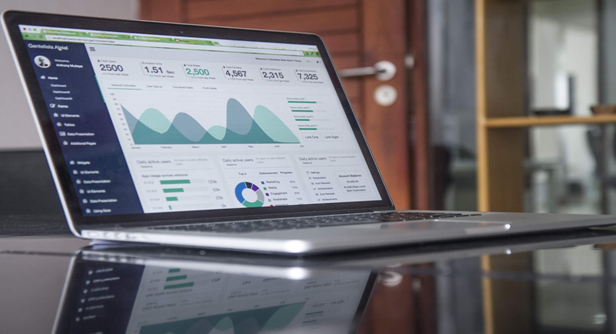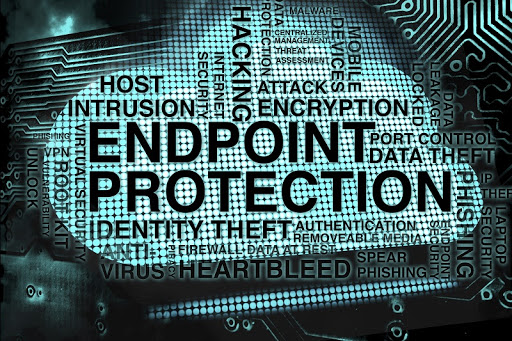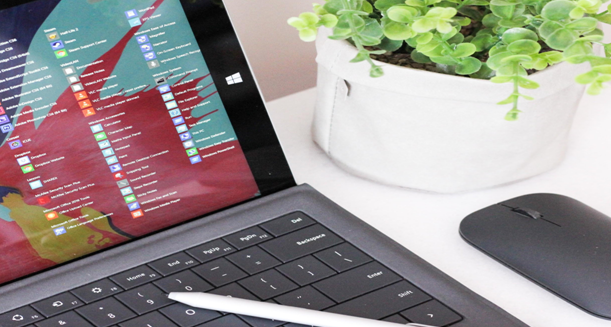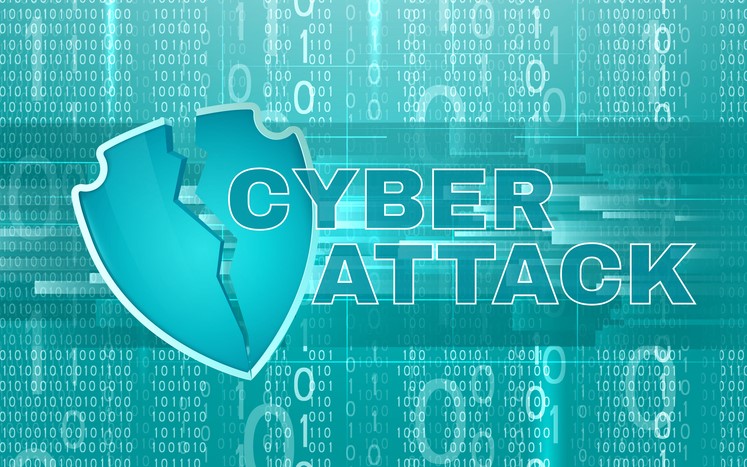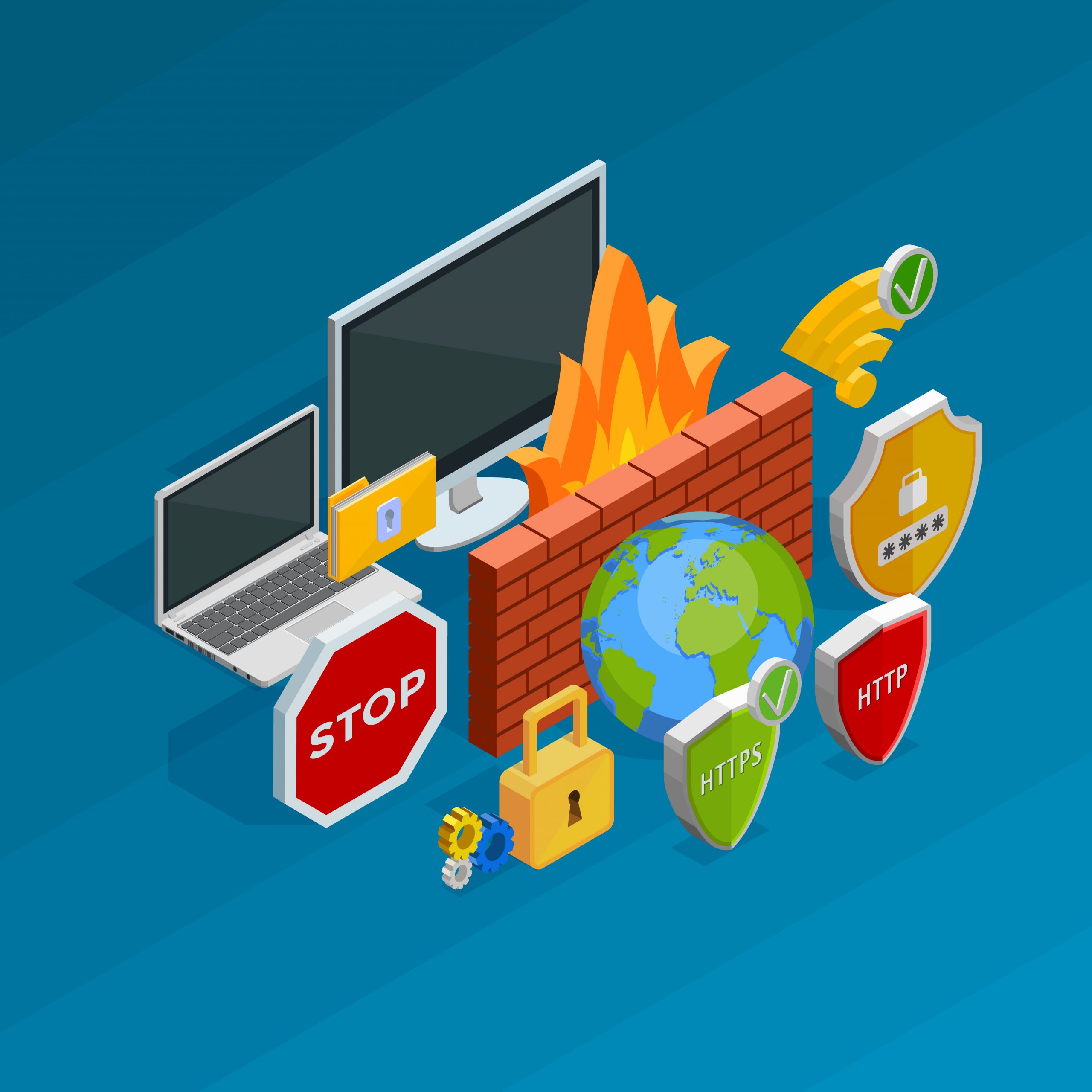Common Computer Security Threats in 2025: A Comprehensive Guide
Updated on April 9, 2025, by Xcitium

In today’s hyper-connected world, understanding common computer security threats is crucial for safeguarding your devices and data. Cybercriminals continuously evolve their tactics, targeting businesses and individuals alike with sophisticated attacks. This guide dives into the most prevalent threats of 2025, offering actionable insights to protect your systems and boost your cybersecurity posture—all optimized for Google’s latest algorithm updates.
What Are Computer Security Threats?
Computer security threats are malicious actions or programs designed to exploit vulnerabilities in your system. These threats can steal sensitive data, disrupt operations, or render devices unusable. From viruses to phishing scams, the stakes are higher than ever in 2025 as attackers leverage AI and automation to scale their efforts.
Top 10 Common Computer Security Threats in 2025
Here’s an updated look at the most pressing cyber threats you need to know:
- Malware
Malware—short for malicious software—encompasses viruses, worms, ransomware, and spyware. It infiltrates systems to steal data, encrypt files for ransom, or spy on user activity. In 2025, AI-driven malware adapts to evade detection, making robust antivirus tools essential.
- Viruses
A subset of malware, viruses attach to legitimate files and spread when executed. They can corrupt data, slow performance, or destroy systems entirely. Regular scans and updated software are your best defense.
- Trojans
Trojans disguise themselves as harmless software, tricking users into installation. Once active, they create backdoors for hackers to exploit. Avoid downloading from unverified sources to stay safe.
- Spyware
Spyware silently monitors your activity, collecting sensitive information like passwords or credit card details. It’s often bundled with free software—always scrutinize what you install.
- Worms
Unlike viruses, worms self-replicate and spread across networks without user interaction. A single infected device can compromise an entire organization. Firewalls and network monitoring help contain them.
- Phishing Attacks
Phishing scams use fraudulent emails, texts, or websites to trick users into revealing login credentials or financial details. In 2025, AI-generated phishing campaigns are harder to spot—verify senders before clicking links.
- Denial-of-Service (DoS) Attacks
DoS attacks overwhelm servers with traffic, crashing websites or services. Distributed DoS (DDoS) variants amplify this threat using botnets. Strong network defenses and traffic monitoring are key countermeasures.
- SQL Injection
Hackers use SQL injection to manipulate database queries, accessing or deleting sensitive data. Secure coding practices and input validation prevent these attacks on web applications.
- Man-in-the-Middle (MitM) Attacks
MitM attacks intercept communication between two parties, often on unsecured Wi-Fi. Encrypting data and using VPNs thwarts eavesdropping attempts.
- Zero-Day Exploits
Zero-day attacks target unpatched software vulnerabilities before developers can fix them. Staying current with patches and leveraging advanced endpoint protection minimizes exposure.
Why These Threats Matter in 2025
The cybersecurity landscape is more treacherous than ever. Remote work, cloud adoption, and IoT devices have expanded attack surfaces. Meanwhile, attackers use AI to craft stealthier, more targeted campaigns. Businesses face financial losses, reputational damage, and legal risks, while individuals risk identity theft and privacy breaches.
How to Protect Against Computer Security Threats
Combat these risks with these expert-backed strategies:
1. Install Advanced Endpoint Protection
Tools like Xcitium Advanced Endpoint Protection (AEP) use a Default Deny approach, isolating unknown files in virtual containers to prevent harm.
2. Keep Software Updated
Patch vulnerabilities promptly—enable automatic updates for operating systems and apps.
3. Use Strong, Unique Passwords
Combine letters, numbers, and symbols; consider a password manager for convenience.
4. Enable Multi-Factor Authentication (MFA)
Add an extra layer of security beyond passwords.
5. Educate Yourself and Your Team
Train employees to recognize phishing and social engineering tactics.
6. Back Up Data Regularly
Store backups offline or in the cloud to recover from ransomware or data loss.
7. Secure Your Network
Use firewalls, VPNs, and encrypted Wi-Fi to block unauthorized access.
8. Monitor Systems Proactively
Deploy tools to detect and respond to suspicious activity in real time.
Xcitium Advanced Endpoint Protection: Your Shield in 2025
Traditional antivirus isn’t enough against modern threats. Xcitium AEP stands out with:
- Default Deny Platform: Blocks all unknown files, running them in a virtual sandbox for safe analysis.
- Cross-Platform Support: Secures Windows, macOS, Linux, iOS, and Android devices.
- Centralized Management: Provides IT teams with visibility and control across networks.
- Zero-Day Defense: Stops exploits before patches are available.
This next-gen solution is tailored for enterprises and individuals facing advanced persistent threats (APTs) and evolving malware.
Real-World Impact of Security Threats
Consider ransomware: a 2024 attack could lock your files, demanding thousands in cryptocurrency. Or phishing: a fake email might drain your bank account in minutes. Proactive protection isn’t optional—it’s a necessity.
Stay Ahead of Cyber Threats in 2025
Cybersecurity isn’t a one-time fix—it’s an ongoing battle. By understanding common computer security threats and leveraging cutting-edge tools like Xcitium, you can minimize risks and keep your digital life secure. Update your defenses, stay informed, and act now—because in 2025, the cost of inaction is higher than ever.



